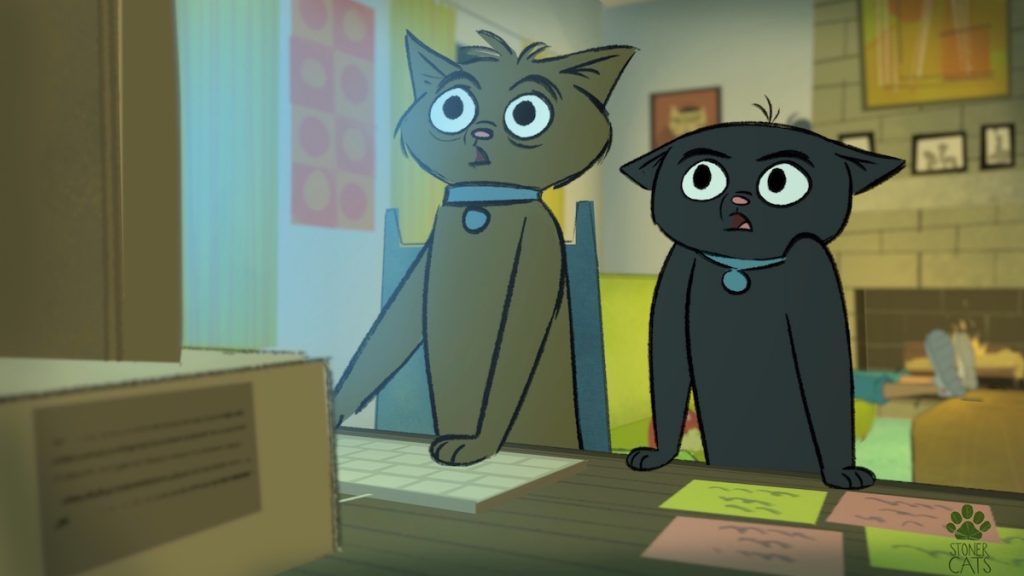
After more than 35 years of operation, TBI is closing its doors and our website will no longer be updated daily. Thank you for all of your support.
Opinion: How NFTs can unlock opportunities for the content industry
With NFTs becoming increasingly ubiquitous, consultant solicitor Julian Wilkins breaks down exactly what they are, what their implications are for the TV industry and what value they can potentially bring to the sector.
NFTs (non-fungible tokens) have taken the creative world by storm. Beeple’s NFT of his digital artwork entitled ‘Everydays: The First 5000 Days’ sold at Christies for $69m. TV is no exception, with Fox Entertainment announcing content will be financed and distributed by NFTs. Samsung has partnered with NFT auction site Nifty Gateway allowing NFTs to be browsed, displayed, and interacted on TV sets. NFTs may be the future of TV distribution – perhaps NFTs may even assist Netflix’s overcome its password sharing concerns.
But what is an NFT? What are their implications for the TV industry? Do NFTs offer real value to the creative industries?
NFTs are a by-product of blockchain technology most associated with crypto assets like bitcoins and part of the “Web 3” technologies. NFTs are unique and non-interchangeable units of data stored on a digital ledger using blockchain technology to establish proof of ownership. NFTs apply to unique assets and cannot be exchanged for an identical version of itself, there is one original Mona Lisa painting but umpteen pound coins (a fungible asset).
Primarily minting of NFTs of say music or art is where their digital file is converted into a digital asset stored on a blockchain system. Sometimes NFTs are used in conjunction with tangible assets or products, for instance Nike issues NFTs to buyers of expensive trainers to confirm their authenticity.
Coding for rights assignment
An NFT is a unique combination of code (the token ID -akin to a car registration number) and the contract address on the blockchain.
The coding allows use of AI-led smart contracts ideal for licensing and assignment of rights. Usually, NFT buyers are acquiring the unique metadata and not underlying IP like copyright. The IP can be acquired if the NFT includes an assignment of rights – creating an NFT and not owning the underlying IP can give rise to issues such a breach of copyright and moral rights.
The coding of the software used in an NFT could be classed as a literary work under UK copyright law. UK, New Zealand and Singapore court decisions have classified crypto assets as a form of property and can be protected by remedies such as injunctions, whilst duties of confidentiality protect coding and algorithms.
The legal boundaries as to what rights you acquire with NFTs remain in a flux. Miramax are suing Quentin Tarantino for contract, trademark and copyright infringement for selling NFTs based on original scripts of Pulp Fiction.
Hermes is suing designer Mason Rothschild for selling ‘MetaBirkin’-branded NFTs using the name and look for their iconic handbag. Rothschild argues his NFT is artwork thus not infringing any copyright, design rights or trademarks.
Already the monetisation of NFTs occurs in fashion and sport such as showing iconic images of Marilyn Monroe dressed in Fendi and Mau Mau fashions. Malta-based Socios works with many leading sports clubs, for instance offering NFTs to football fans.
Financing potential
TV and film use NFTs to finance productions. US film financier Forest Road Company raised $20m to fund films in return for NFT collectibles which can be sold. After investment recoupment, any profits are shared with the producers. NFTs can be sold to fans to finance a production in return for a share of profits and access unique footage and screenings.
NFTs can sale virtual merchandise like digital posters and unique versions of the director’s cut, while the animation series Stoner Cats made $8.4m by selling NFTs that granted their owners rights to watch the episodes.
Fox Entertainment formed the Blockchain Creative Labs (BCL) and a $100m ‘creator fund’, with Fox also launching the ‘MaskVerse’, enabling viewers to trade digital assets from the Masked Singer. Another potential application of NFTs is proving provenance of news content to help protect against fake news or reporting manipulation; for instance, CNN’s Vault by CNN: Moments That Changed Us.
NFTs are at a nascent stage, but are likely to become a mainstay of media IP protection, finance and distribution.
Julian is a consultant solicitor and notary public with Wordley Partnership, as well as a founding member of mediation and arbitration practice Q Chambers. Julian contributes to the EU Audio Visual Observatory IRIS publication and lectures upon intellectual property and crypto asset issues, including for the University of Reading.





